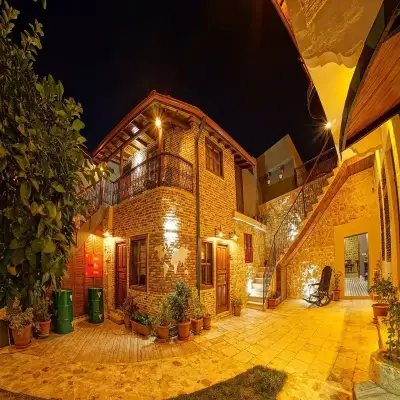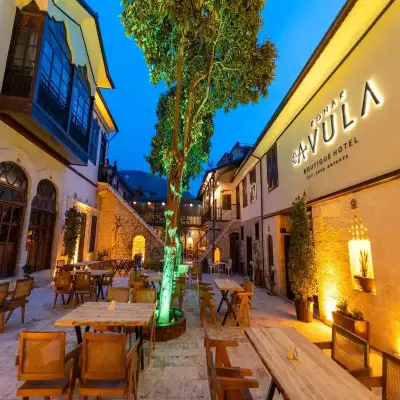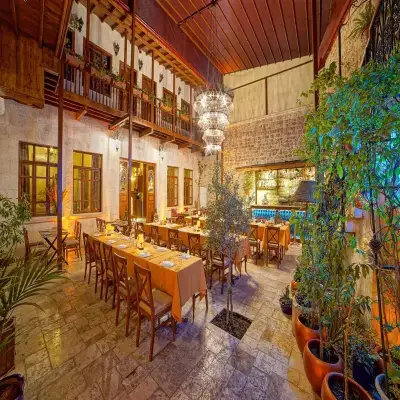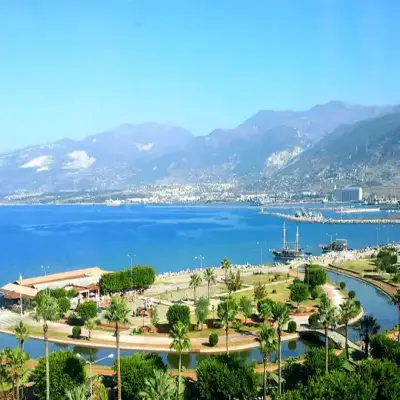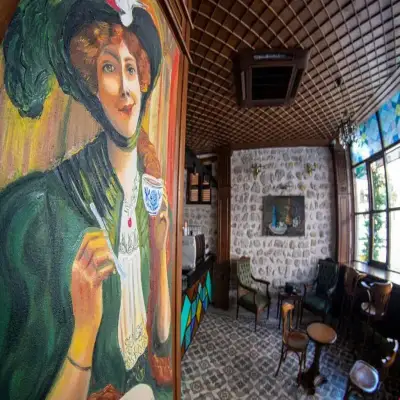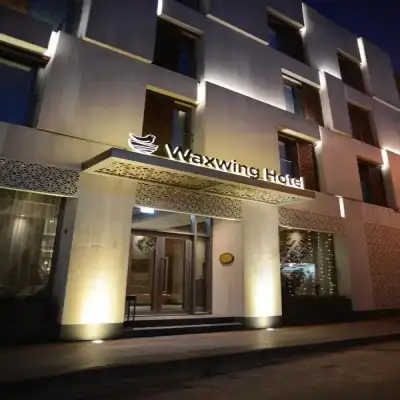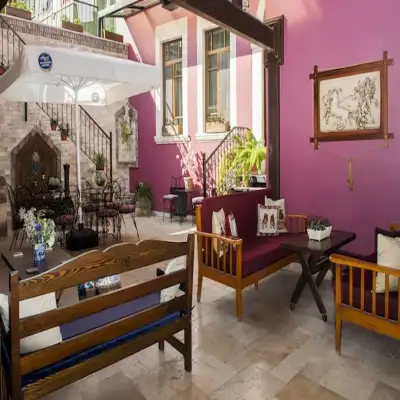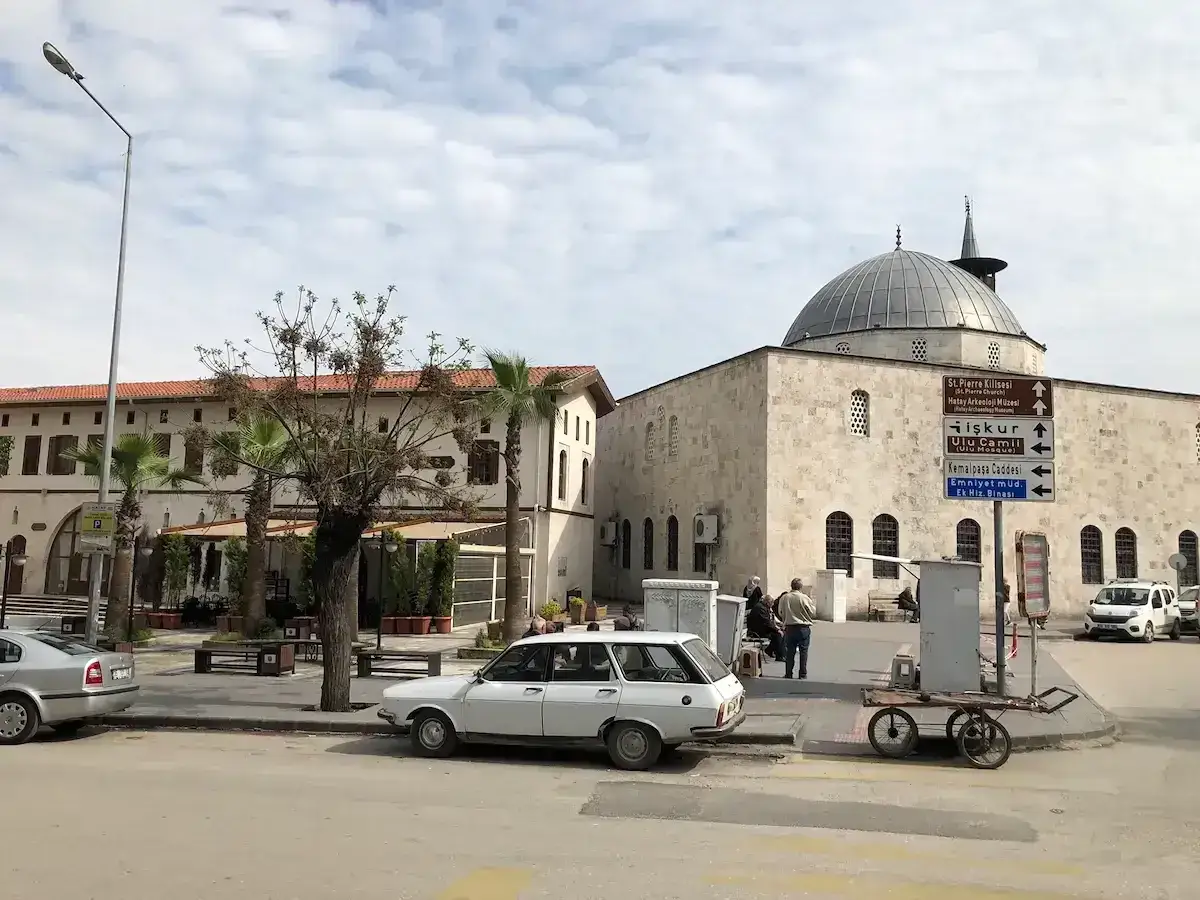
Hatay Guide
Located in the Mediterranean region, Hatay is one of the must-see cities in Turkey, with its sea, history, natural beauty, and deep-rooted culture, which has hosted many different civilizations. In addition to its historical and cultural features, Hatay also captivates visitors with its nature. You can witness the beauty of the Asi River, which originates from the Lebanon Mountains and flows into the sea within Turkish territory.
Hatay has a settlement history of approximately 2,300 years, with its first habitation dating back to 8000 BC. Traces of settlements from the Bronze Age have been found in the region. The city was under the rule of ancient and powerful civilizations such as Egypt, the Hittites, Persia, and Macedonia. In 300 BC, after the death of Alexander the Great, one of his generals, Seleucus, founded the city. It was named Antiocheia after Seleucus' father, Antiochus. Today, Antakya is the central district of Hatay, and the city is sometimes referred to as Antakya.
In 60 BC, the city came under the control of the Roman Empire and experienced its most glorious period. During the Roman era, Antioch became the fourth-largest city in the world. Given its location on the trade route connecting Mesopotamia to the Eastern Mediterranean, Hatay’s historical significance is evident.
After the 1071 Battle of Manzikert, which opened the gates of Anatolia to the Turks, Hatay came under Turkish rule in 1084 under the Seljuk Sultan Alp Arslan. The city was besieged several times by the Crusaders but was finally incorporated into the Ottoman Empire in 1516 during the reign of Sultan Yavuz Selim. After the Turkish War of Independence, Hatay was briefly under French administration, and in 1937, the Independent State of Hatay was established. In 1939, Hatay officially became part of the Republic of Turkey.
Hatay is the southernmost city in Turkey. It shares a border with Syria to the south, while the vast blue waters of the Mediterranean Sea extend to the west. It is one of Turkey’s oldest inhabited regions and has hosted numerous civilizations throughout history. Even today, people from different cultural backgrounds live together in Hatay, making it a true cradle of civilizations.
Throughout history, Hatay has served as a crossroads for major trade routes from the north, south, and east. It has been both a trade hub and a meeting point for different cultures. Hatay is a city where Islam, Christianity, and Judaism coexist, and it is possible to see mosques, churches, and synagogues standing side by side.
The world’s first Catholic church, St. Peter’s Church, is located in Hatay, attracting visitors from all over the world throughout the year. The city holds great significance in Christian history and was also one of the four patriarchal centers of early Christianity.
With its religious landmarks, history, and culture, Hatay is an important destination for tourism. Visitors can explore many historical mosques, churches, and ancient city walls. Several inns, baths, and bazaars built in different historical periods are still in use today.
Hatay’s climate is characterized by winds and rough seas, making it an attractive spot for surfers. The city has a Mediterranean climate, making it a great destination not only for cultural and religious tourism but also for beach vacations.
Due to its historical legacy and the remains left by various civilizations, Hatay holds a key position in history and cultural tourism. With its rich culture and status as a center for business and congress tourism, Hatay welcomes visitors throughout the year.
For accommodation options, please visit our Hatay Hotels page.


